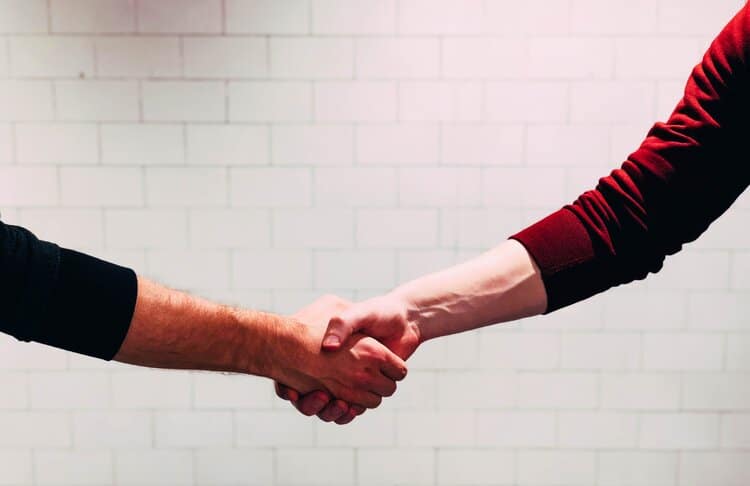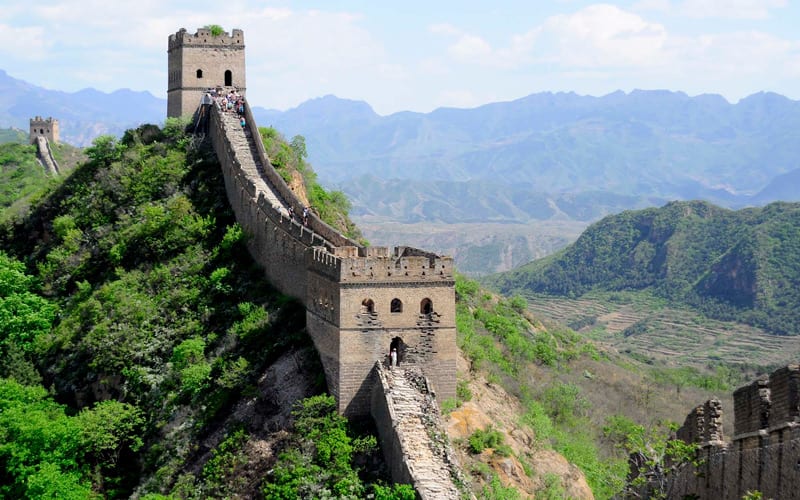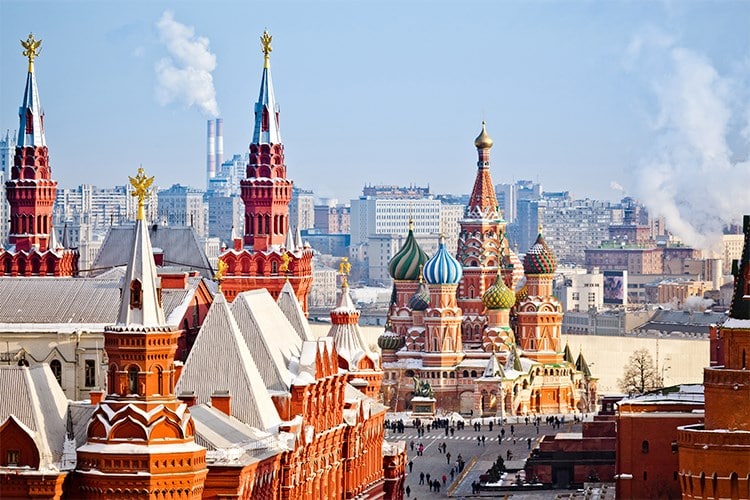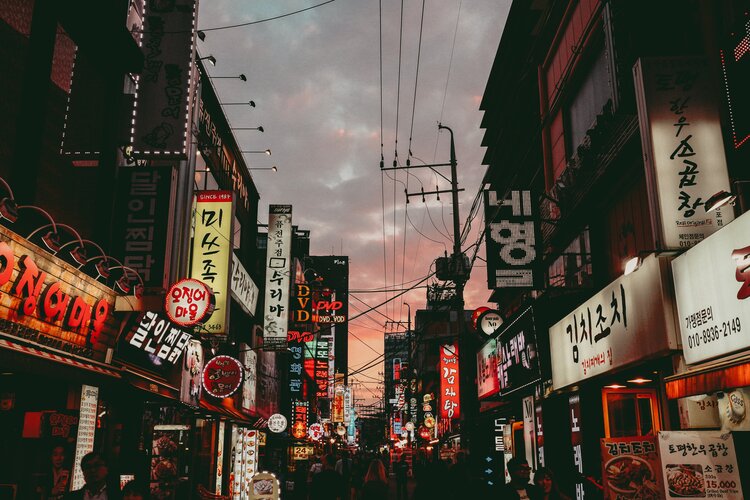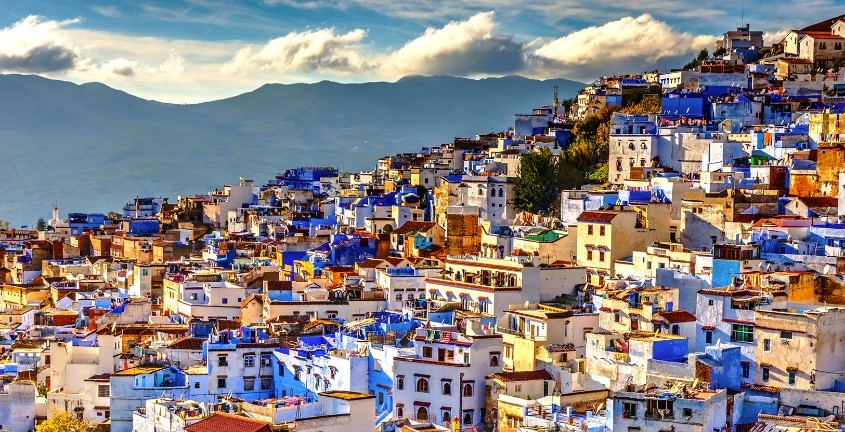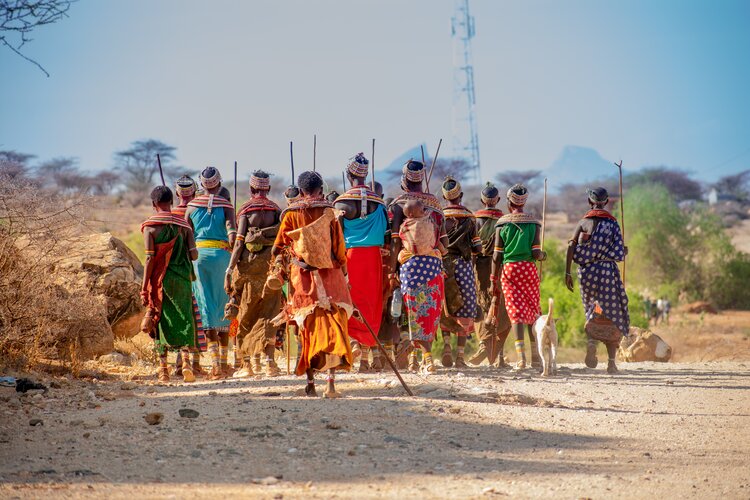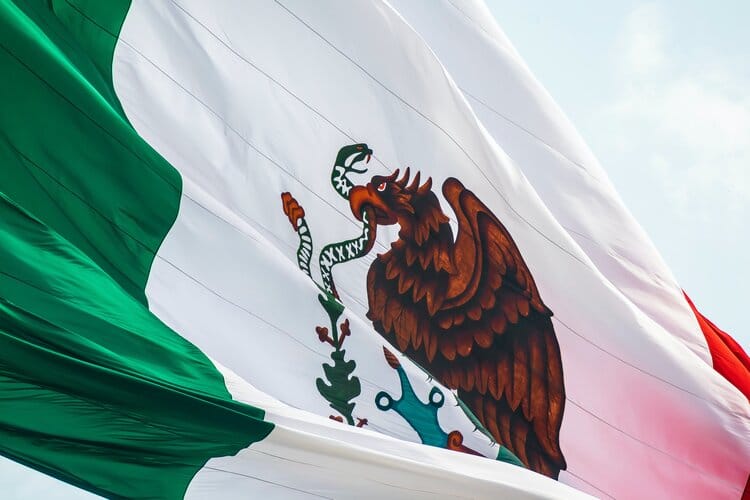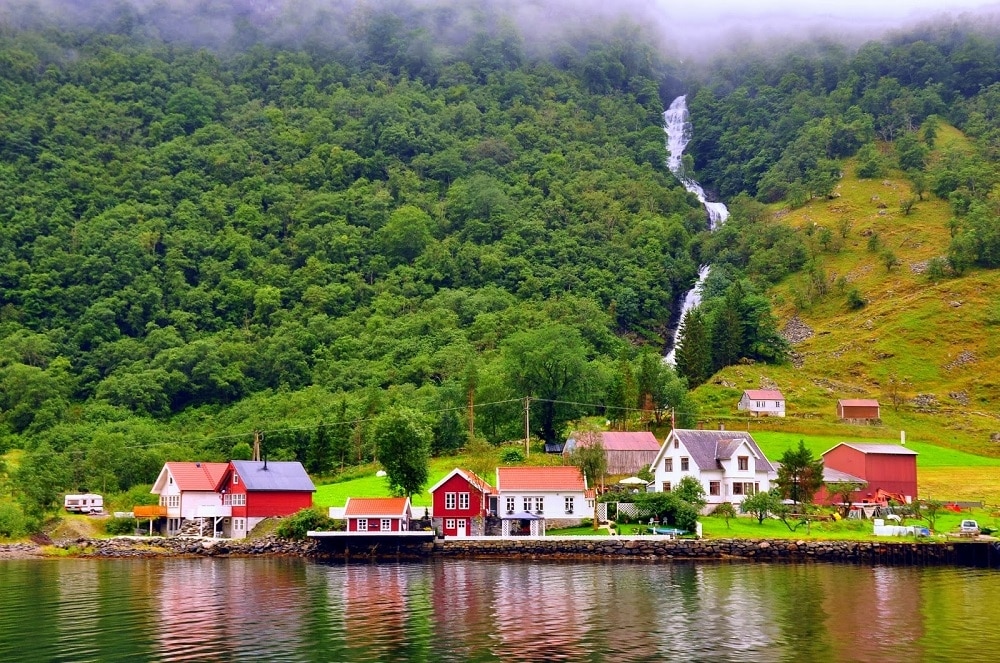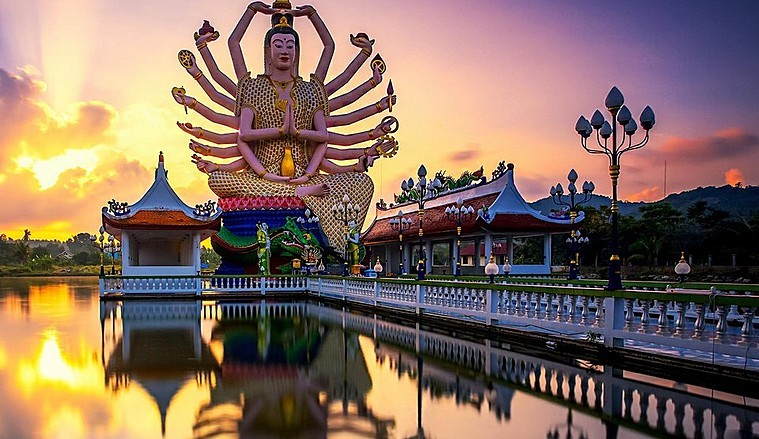Handshake has become the most common physical way to greet people from all over the world, although it is not correct due to the pandemic. There is an incredible variety of greetings around the world. Sticking your tongue out in Tibet can be a way of welcoming people. In New Zealand, Maoris greet each other by touching their noses to the other person’s nose.
Ethiopian men greet each other by tapping each other’s shoulders, and head-banging is common among boyfriends in the Democratic Republic of the Congo, just as it is in Turkey. In many Asian countries, people bow to each other when they meet. Let’s take a look at the history and variety of the handshake, the most common form of greeting.
Shaking Hands: A Thousand-Year Tradition
Shaking hands has become so commonplace now that you may never have thought about why people shake hands when they meet each other. The date of the handshake is the 5th century BC. It goes back to the century.
In Greece, the handshake was a symbol of peace, indicating that none of the meeting people was carrying a weapon. In Roman times, the handshake was actually more of an arm-holding gesture. It involved holding each other’s arms to check if both men had a knife hidden in their arm. Some say the gesture of shaking hands when shaking hands began in medieval Europe. The knights shook the hands of others to detect any secret weapon hidden inside the armor.
While the handshake is still the most common greeting around the world, it may be losing its former popularity in many countries around the world, with its beginnings in the United States. Clashing the fists was a gesture used mostly by athletes and youth until recently. Now it has become more and more common among everyone, including the elderly.
Forty-nine percent of Americans sometimes choose a fist bump over a traditional handshake greeting, according to one study. Many participants in this study said that they preferred fist bumping because they were afraid of catching germs by shaking hands. So, the Covid process has played a successful role in reducing the popularity of the handshake all over the world.
What is it like to shake hands in different cultures?
Brazil
You’ll be greeted with a firm handshake that takes longer than you’re used to. Making strong eye contact is important in this culture and you can greet women with a kiss on both cheeks. Repeat what you did when leaving, shaking hands is important in this culture.
Chinese
Age is very important in Chinese culture, so greet the oldest people first. The handshake should take place as follows; Grasp the other person’s hand lightly and bow slightly in front of them. Avoid direct eye contact and continue to hold the other person’s hand for a while after the handshake is over.
Philippines
Most other Asian countries shake hands in accordance with China’s rules, but the Philippines is an exception. When shaking hands, look into the eyes of the Filipinos and do not bend over. Grasp the hand weakly and do not squeeze too hard.
Australia
If you’re a woman and you’re shaking a man’s hand, reach out first. In Australia, women don’t shake hands with other women very often. Shake your hand hard and fast when shaking hands.
France
First time with the French or 1000. It doesn’t matter to them whether you meet them once. While shaking hands, shake hands quickly and lightly. If you’re close with the person you’re meeting, a kiss on both cheeks isn’t a problem. In fact, they have a similar handshake ritual with Turkey.
Russia
Don’t shake hands with the opposite sex unless it’s a job interview. Traditional circles consider it rude, as a man is required to kiss a woman’s hand. If you’re going to shake hands, gather your strength and give a firm handshake.
South Korea
The handshake should start with the most senior person and the grip should be soft. Do not put your free hand in your pocket, do not hesitate to squeeze the right arm of the other person with your left hand.
Morocco
It is okay to shake hands with the other person as long as they are of the same gender. Be gentle, don’t shake your hand too much. In Morocco, if a woman tells you to shake her hand, you should.
United Arab Emirates
Start by shaking the hand of the oldest or most senior person in the environment. Greet them by their titles no matter what and wait for the handshake to continue. Let them decide when it’s time to let go of the hands.
Kenya
When greeting elders or high-status people, grasp the right wrist with your left hand. Say “Jambo” to them (How are you?). Then you can ask questions about their life. Failure to do so is a sign of rudeness in Kenyan culture.
Mexican
Expect a prolonged handshake. If you are a man, a hug may be more appropriate. Women can kiss each other on the cheeks.
Norway
Shake hands with everyone in the room, no matter who it is, how many people there are, or how old they are. Address everyone by first and last name. Never “How are you?” you shouldn’t say. In Norwegian culture, this question is seen as rather meaningless and a waste of time.
Thailand
Do not shake hands unless offered. The person will make the greeting called “wai” by bringing the palms together at chest level and bowing. Return the transaction. If you are a man, greet by saying “Sawadee-krap”, if you are a woman, say “Sawadee-kah” (both mean “Hello”). Shake hands only when not offered a wai.
Related content: Where Does the Middle Finger Point Come From?

